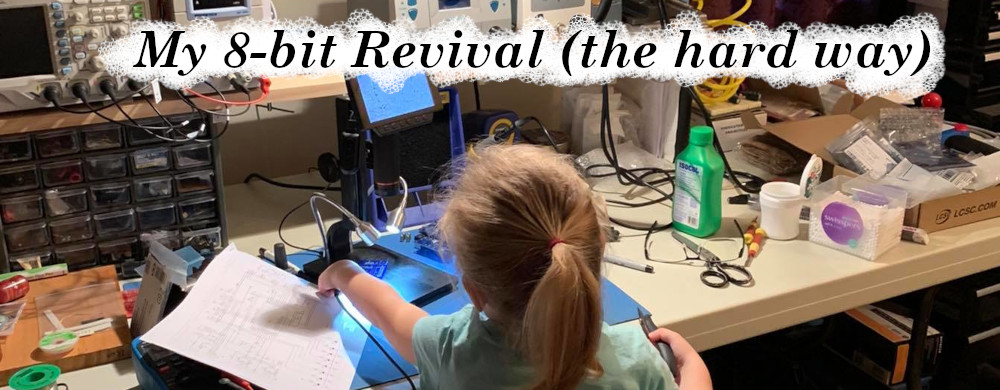My friend "Ned" had a broken security camera and asked me to take a look at it. He had already taken apart the camera and had performed some troubleshooting on it.
- The camera would power up over the DC 12 input but would not power up over PoE
- The camera had two PCBs one for the Camera and one for power, when powering up the camera with a new power board it worked.
- When he plugged the camera into PoE, it shorted out.
At this point he came over and we pulled it apart to get a really good look at it. Unfortunately I don't have any switches that provide PoE so "Ned" cut up an Ethernet cable so I could connect it up to my power supply which didn't put out enough volts even still but was good enough at 32V to test things ( PoE is around 40V ).
It was possible to power the power board separate from the Camera so we took it out. The next thing was to trace out where every thing was.
On the top of the board was the PoE chip and the Plug that had the Ethernet and the 12V DC jack. Probing around with the continuity tester it was easy to see that the 12V and 44V inputs went to the back of the board.
As the 12V circuit was working fine it was ignored. The 40V circuit was another matter. The voltage came into the bottom rectifier chip and then to a diode. Checking continuity the + and - on the continuity chips were shorted out and across the diode.
I checked all of the other components for shorts and they seemed fine or within tolerances. Except for the Capacitor on the 12V side, which I replaced immediately, without effect.
The Diode itself was marked as a 5PGG (5.0SMDJ58A Littlefuse) which is an ESD Suppressor/TVS Diode. The diode should definitely not have had continuity both ways so it was the likely candidate.
So I took the part out and the short disappeared.
It took a fair bit of heat to remove the part with my reflow station. So I added a bit of low melt solder to the pads to make putting the new part back on. "Ned" in the meantime purchased a replacement part and when it arrived I put it back in and hey presto . . . still no short.
"Ned" took it home to test it and it worked first go.




































